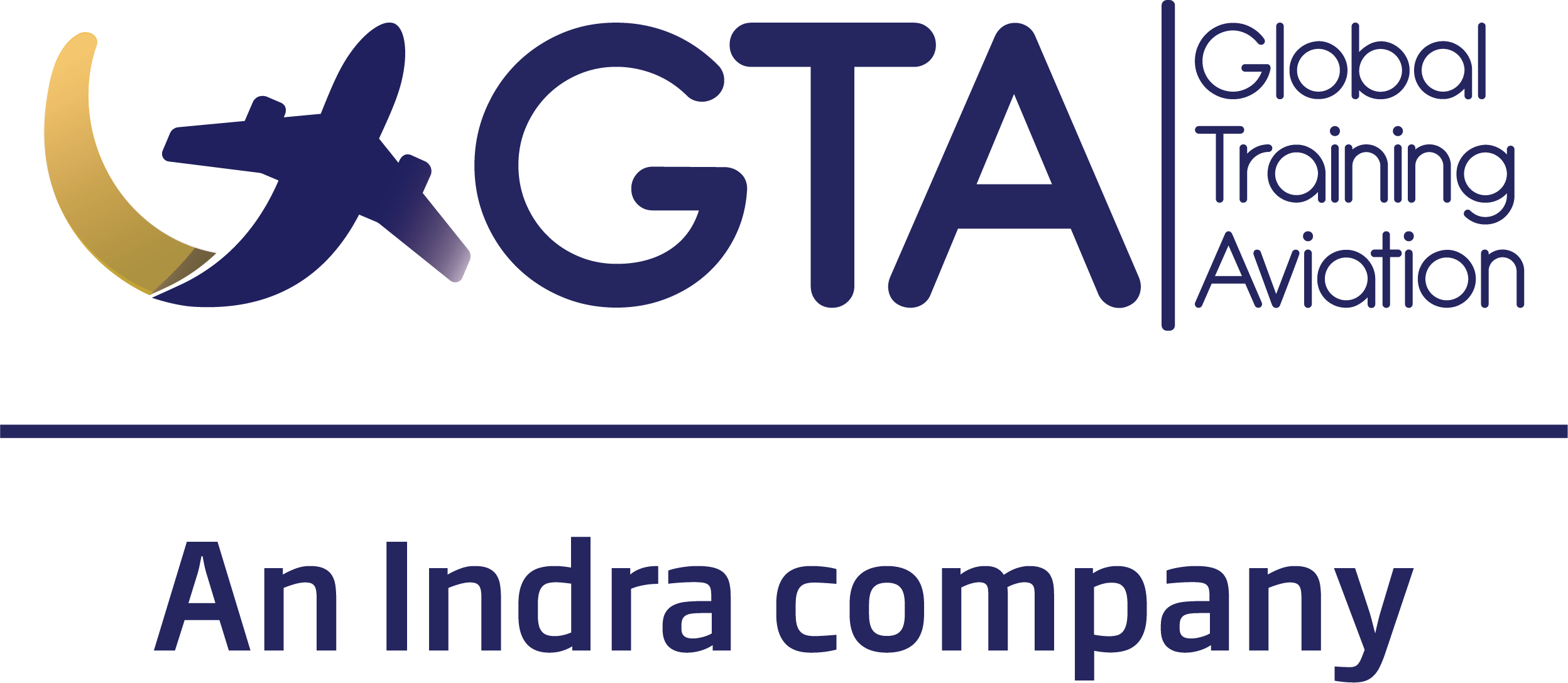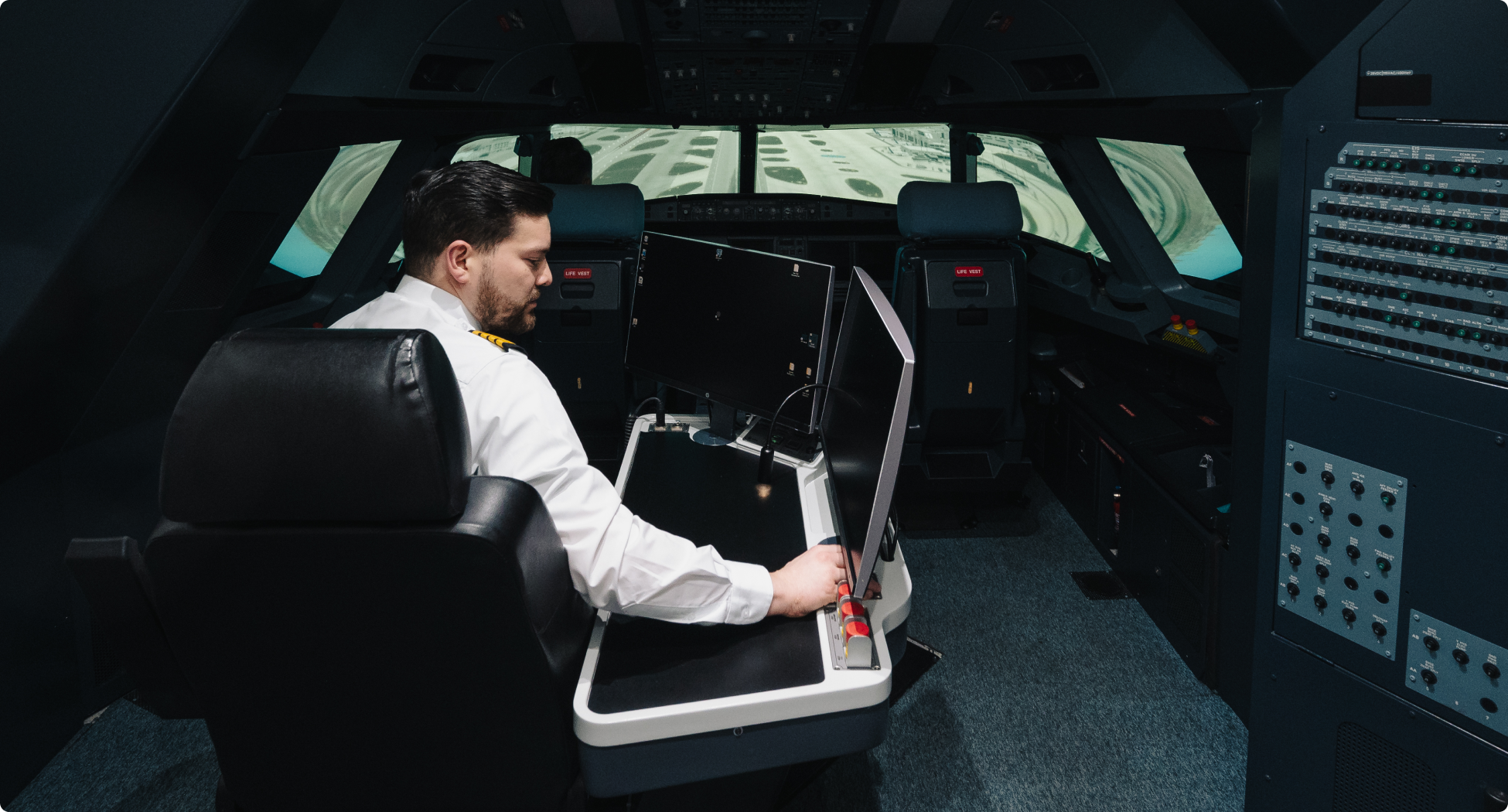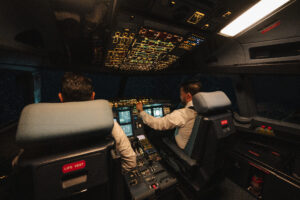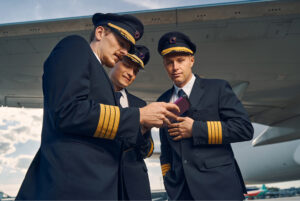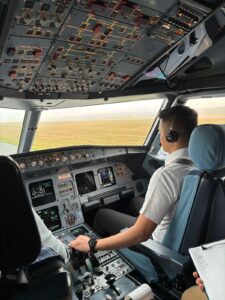Obtaining a type rating is a crucial step in the career of any pilot who wishes to operate specific aircraft such as the Airbus A320, Boeing 737, ATR 500, or ATR 600. At Global Training Aviation (GTA), this process follows a rigorous training structure tailored to the standards of the relevant aviation authorities. Below, we explain in detail the phases that make up a Type Rating Course at GTA.
1. Ground Training
The first step in any Type Rating Course is theoretical training, where pilots acquire an in-depth understanding of the aircraft’s systems and procedures. At GTA, this phase includes:
- Self-study and Computer-Based Training (CBT): Pilots assimilate key concepts at their own pace before attending in-person classes.
- Classroom instruction: Led by highly qualified instructors, these sessions reinforce learning and clarify doubts.
- Virtual Procedure Trainer (VPT): pilots benefit from dedicated hours using the Virtual Procedure Trainer (VPT), which helps them familiarize themselves with the cockpit before simulator training.
This phase is essential as it lays the necessary knowledge foundation for the next stages of the training.
2. Simulator Training
After completing theoretical training, pilots move on to the practical phase using Full Flight Simulators (FFS) equipped with the latest technology. Under the supervision of experienced instructors, pilots train in realistic flight conditions without leaving the ground.
The simulator training includes several sessions where pilots practice:
- Normal operating procedures, from engine start to landing.
- Abnormal and emergency procedures, including engine failure, onboard fire, and adverse weather operations.
- Instrument flight (IFR) and instrument approaches.
- Crew Resource Management (CRM) and cockpit coordination.
The total hours required for simulator training vary depending on the aircraft type and regulatory requirements. For example, the ATR 500, ATR 600, A320 and B737 Type Rating Course include 32 hours of simulator training divided into eight sessions, plus a final four-hour examination.
3. Base Training
The final step of the Type Rating Course is Base Training, where pilots perform their first real flights under the supervision of an instructor.
The objective of this phase is for pilots to experience actual flight conditions and practice essential maneuvers such as:
- Take-offs and landings
- Basic emergency procedures in real flight conditions.
- Familiarization with the aircraft’s behavior in different configurations.
The number of take-offs and landings required depends on the aircraft type and applicable regulations. In some cases, if a pilot already has experience with similar aircraft, the required number of maneuvers may be reduced.
4. Final Exam and Type Rating Issuance
After successfully completing all previous phases, pilots must pass a final evaluation, which includes:
- A theoretical exam to assess their knowledge of aircraft systems and procedures.
- A simulator check ride, where an examiner evaluates the pilot’s ability in both normal and emergency scenarios.
- Base training with an examiner (as required by regulations).
If the pilot successfully passes all assessments, they are granted the type rating, officially allowing them to operate the designated aircraft according to aviation authority standards.
Final Considerations
It is important to note that the phases of a Type Rating Course may vary depending on the regulating authority. At GTA, courses are designed to meet the requirements of EASA, DGCA India, and other entities, ensuring high-quality training tailored to each regulation.
Obtaining a type rating is a crucial step in a pilot’s career, and with the structured and professional training provided by Global Training Aviation, pilots acquire the necessary skills and knowledge to safely and efficiently operate aircraft such as the A320, B737, ATR 500, and ATR 600.
